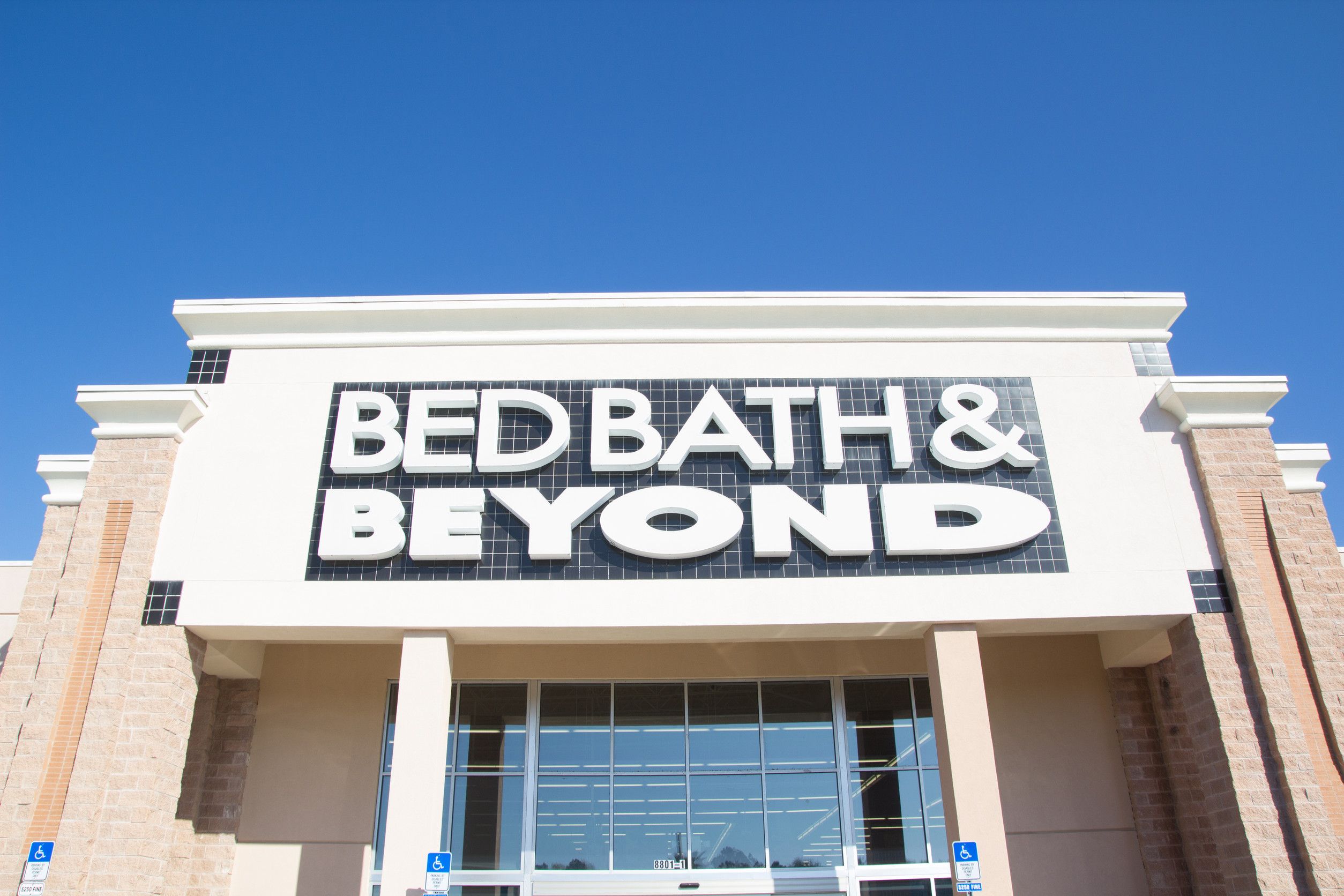Retail is a tough game. Retail brands that once dominated the market are now struggling to stay relevant as consumer preferences evolve. Whether it’s failing to adapt to e-commerce, neglecting brand identity, or simply not listening to their customers, some companies just don’t get it. Shoppers today demand convenience, innovation, and authenticity—things these brands seem to have forgotten. Here are six retail brands that are quickly losing their grip on consumers.
1. Gap: Stuck in a Time Warp
Gap was once the go-to brand for casual basics, but it hasn’t kept up with modern fashion trends. The brand’s failure to evolve beyond its classic denim and khakis has made it less appealing to younger shoppers. Meanwhile, competitors like Uniqlo and Zara have mastered fast fashion and affordability, leaving Gap looking outdated. On top of that, inconsistent branding efforts, such as their failed 2010 logo redesign, have only confused consumers. Without a major overhaul, Gap risks fading into retail obscurity.
2. Victoria’s Secret: Ignoring the Shift in Body Positivity
Victoria’s Secret used to dominate the lingerie market, but its outdated views on beauty standards have driven customers away. As consumers embrace inclusivity, brands like Aerie and Savage X Fenty have thrived by offering diverse sizes and body-positive messaging. Victoria’s Secret, however, clung to its overly airbrushed, unrealistic portrayals of women for too long. The brand’s attempt to rebrand with a more inclusive approach came too late, as many customers had already moved on. To win back shoppers, Victoria’s Secret must prove that it genuinely values diversity, not just profits.
3. JCPenney: The Never-Ending Identity Crisis
JCPenney has struggled for years due to mismanagement and an inability to connect with modern consumers. The brand has gone through multiple leadership changes, each introducing conflicting strategies that confuse shoppers. At one point, it tried to ditch coupons and discounts, alienating price-conscious customers who relied on them. Meanwhile, it has failed to build a strong online presence, making it even less competitive against e-commerce giants. Unless JCPenney finds a clear identity and sticks to it, its downward spiral will continue.
4. Abercrombie & Fitch: Stuck in the 2000s
Once a symbol of cool, Abercrombie & Fitch’s reliance on exclusivity and “preppy” fashion has cost it dearly. The brand’s past controversies, including discriminatory hiring practices and offensive marketing, turned many shoppers away. While it has made efforts to repair its image, the damage lingers, and Gen Z consumers favor brands that prioritize authenticity and inclusivity. Competitors like American Eagle and Urban Outfitters have successfully adapted to modern trends, leaving Abercrombie scrambling to catch up. If it doesn’t continue evolving, it risks becoming a relic of the past.
5. Bed Bath & Beyond: Too Little, Too Late

Bed Bath & Beyond once had a stronghold on home goods, but it failed to adapt to the rise of e-commerce. While shoppers turned to Amazon and Wayfair for convenience, Bed Bath & Beyond stubbornly clung to its massive in-store experience. Even its famous 20% off coupons couldn’t save it as consumers demanded better online shopping options. A last-minute attempt to revamp its digital presence came too late, and store closures have only signaled its ongoing decline. Without a drastic shift in strategy, the retailer may soon be a thing of the past.
6. Sears: A Slow and Painful Decline
Sears, once a powerhouse in American retail, has been on life support for years. The company’s failure to modernize and its unwillingness to invest in e-commerce made it irrelevant in today’s retail landscape. Its aging stores and lack of innovation have driven customers toward more vibrant and convenient competitors like Target and Walmart. Poor financial decisions and excessive store closures have only accelerated its downfall. At this point, Sears is a textbook example of what happens when a brand refuses to evolve.
Are These Brands Too Far Gone?
Retail brands can recover if they’re willing to listen to consumers and make bold changes. However, many of the companies on this list have been slow to adapt, and the longer they wait, the harder it becomes to regain relevance. Shoppers today want brands that reflect their values, prioritize convenience, and offer something fresh. If these retailers don’t act fast, they’ll continue losing customers until there’s nothing left to save.
What do you think? Are these brands beyond saving, or do they still have a chance? Share this article and let’s discuss in the comments!
Read More:

Latrice is a dedicated professional with a rich background in social work, complemented by an Associate Degree in the field. Her journey has been uniquely shaped by the rewarding experience of being a stay-at-home mom to her two children, aged 13 and 5. This role has not only been a testament to her commitment to family but has also provided her with invaluable life lessons and insights.
As a mother, Latrice has embraced the opportunity to educate her children on essential life skills, with a special focus on financial literacy, the nuances of life, and the importance of inner peace.

